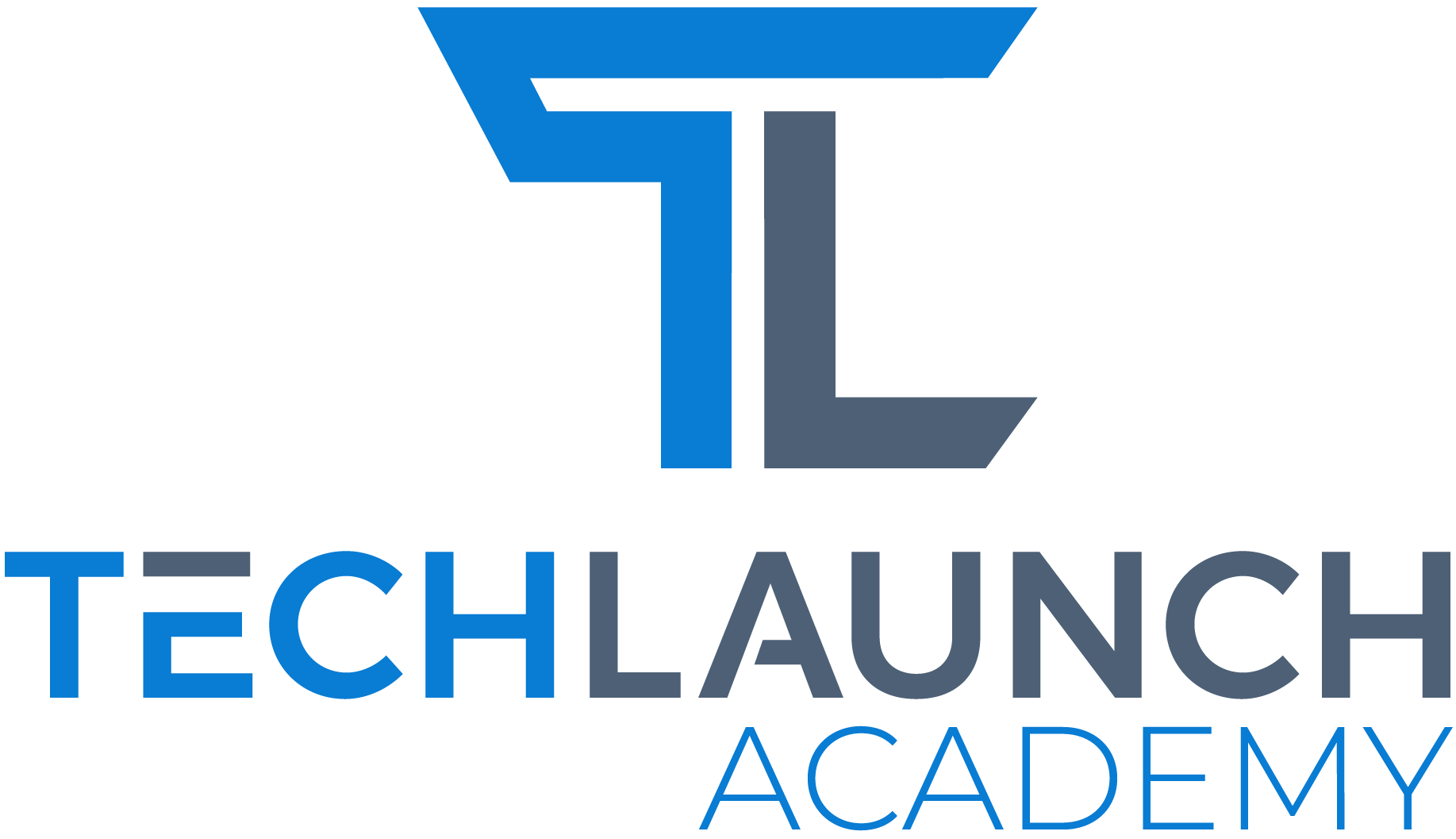The cloud has provided a pathway that makes worldwide telework and remote learning possible. A Frost & Sullivan survey found 93% of business leaders credit their cloud strategy as helping them to remain competitive due to its ability to make apps and services available faster while improving performance at lower overall IT cost.
While moving data and applications outside of an organization’s physical borders brings on-demand accessibility, the cloud also brings significant security risks. Anytime, anywhere access is convenient but exponentially increases the number of entry points available for hackers.
The impact of a cyber-attack is devastating, reverberating through a business in costly ways. A single data breach can lead to a loss of revenue, disrupt delivery, escalate legal costs and cast a shadow of doubt of trust in an organization’s ability to protect its customers’ data.
The responsibility of cloud security is taxing for security teams, who are put on the front lines 24×7 to prevent an attack. PwC found that 75% of executives say a lack of tech talent will be a barrier to maximizing cloud ROI, and only 36% report they have the cloud expertise needed in-house. When it comes to ensuring workers can do the work, 47% of business leaders worry about their ability to upskill people in line with the new ways of working that the cloud demands.
Organizations find that their most valuable resource in cloud security is to invest in their own employees through continuing education. Therefore, an integral part of a cloud security strategy must include providing employees with continuous training programs that focus on monitoring, recognizing, and proactively preparing for threats.
[CTA: Want to find hidden cybersecurity talent in your organization? Cyber defense involves a cross-department security defense that extends outside of IT teams. ATLAS is a free AI-driven assessment tool that can help you find employees with an aptitude for cybersecurity and put them on a training path to become a valuable cybersecurity defense for your business.]
While we recognize that cloud security is an ongoing process, here is a list of the three most common cloud security issues, based on the Deep Dive report by the Cloud Security Alliance(CSA), and what you can do to strengthen your company’s defenses to help accelerate cloud transformations.
- Data breaches
Data is a precious asset, making it especially vulnerable to attack. In addition to customer data, breaches can also involve a businesses’ intellectual property, creating legal and competitive risks.
Although encryption impacts performance, privacy, contractual and regulatory policies demand end-to-end encryption when confidential data is in transition and at rest. Encryption alone does not always equate to protection.
Automated tools, such as data loss prevention applications can give teams further insight into detecting and preventing data leakage. More importantly, organizations can bolster their IT teams with ongoing training to ensure data access policies are secure. Training can also help teams understand security protocols so that they are skilled in identifying fraud to avert a malicious or accidental breach of information.
- Misconfiguration and inadequate change control
The Data Breach Investigation Report reveals that one-fifth of data breaches resulted from misconfigurations; in nearly all cases, these misconfigurations came from human error.
The Ponemon Institute’s Cyber Resilient Enterprise report finds that human errors have the most significant impact on an organization’s ability to be cyber resilient. This negligence could include misconfigured cloud servers, storing sensitive data on a personal device, or falling victim to a phishing email.
Create specific data hygiene policies, such as denoting the amount of time required to delete a customer’s data after contract termination. Equally important is to add protective layers of responsibility to ensure that data transaction configurations are done by a team, rather than placing all responsibility on a single individual. The key is to create policies that allow segregation of duties to ensure data management follows pre-determined security standards.
- Lack of cloud security architecture and strategy
The push to migrate operations to the cloud often results in a time crunch, leaving IT teams without the bandwidth to build a cloud security architecture that matches the cloud strategy. The Ponemon report cites that 65% of respondents say that the lack of time and resources for planning is the number one reason why their organizations struggle to achieve a cyber-resilient enterprise.
Every cloud migration strategy should allow time and resources to build a customized secure architecture framework for the existing cloud infrastructure. If none exists currently, the priority should be to create one. Once built, teams can continuously monitor the infrastructure to ensure threat models are current and effective.
Do You Have the Basics Right When it Comes to Cybersecurity?
The increasing complexity of cloud-based computing demands that organizations continuously upskill their workers to have the technical knowledge they need to keep the organization and its assets secure.
A cloud-based strategy must include a cybersecurity training strategy that can help your organization build resilient teams and secure your cloud infrastructure. New Horizons offers cybersecurity training and certification that can help your team upskill and support the security of your cloud infrastructure. In addition, ATLAS [insert ATLAS link} can help you discover where your employees are already succeeding in employee experience and build talent pathways to upskill your team with operational efficiency.
Learn more here.

